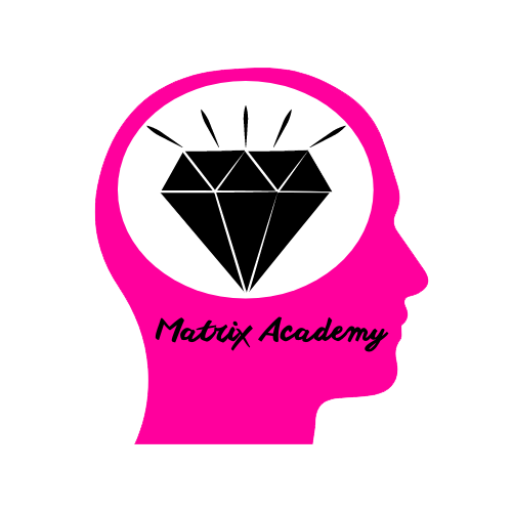APPLY AS A JEWELLERY DESIGNER
Here are a few steps to consider:
Learn jewelry design skills. Gain experience in the industry. Create your portfolio. Consider investing in further education. Grow your professional network.
How To Become A Jewellery Designer
By following the steps below, you can gain the education, experience and connections you need to become a successful jewelry designer:
- 1. Gain experience in the industry
- 2. Create your portfolio
- 3. Consider investing in further education
To gain experience in jewelry design, consider pursuing an internship or getting an entry-level job. While the skills you gain vary based on where you train, aspiring jewelry designers often learn: Sales tactics: If you work in a local jewelry store, you may engage with customers on a daily basis. You can use your design knowledge to provide customers with detailed advice, help them make purchases that suit their needs and learn about new materials and gems through experience. Production: When designers work with a manufacturer, they often create pieces of jewelry or assemble them. During training, they may target a particular aspect of production, such as gem setting, which they can use to inform future designs. Design: In a design studio, you may assist the lead designer by testing prototypes, carving wax models and providing finishing touches such as sizing, engraving and jewelry polishing. Metal care: In a repair shop or custom jewelry store, you may learn how to care for metals such as silver, gold and platinum. Entry-level designers often learn how to clean metals with the right chemicals, cut gemstones and repair metal devices such as watches and clasps. Administration: In large jewelry stores, aspiring designers may learn how to record inventory, answer customer’s questions and assist the marketing team by writing knowledgeable descriptions of jewelry for sale.
When applying for jewelry design positions, employers typically request a portfolio in addition to a resume. You can start compiling your portfolio during your education, internship or first jewelry design job. To present your best work, illustrate growth and show your versatility, consider maintaining your portfolio over the course of your entire career. Successful portfolios often include: Professionally lit photos with a solid or dark background Varied designs that express your artistic range Interesting descriptions of your jewelry that support the overall narrative of your personal brand or design style Curated selections, typically focusing on quality rather than quantity of work Virtual and physical versions of your designs
In addition to creating designs, jewelry designers are often responsible for doing specialized work that may require further training, including: Gemology: If you're interested in learning how to study gems, you may consider enrolling in a gemology course such as the GIA Graduate Gemologist program. Students of gemology learn how to inspect and verify the quality of gems with microscopes and other specialized tools. Appraisal: Jewelry appraisers determine the value of jewelry using well-regarded reference texts, auction catalogs and updated price lists. They often have an educational background in gemology and represent organizations such as appraisal companies, insurance firms, jewelry shops and auction houses. Metalwork: Many jewelry designers learn how to work with popular metals while pursuing a formal degree. However, if you're interested in using unusual metals or other materials in your designs, it can be helpful to get training to ensure you create designs that are durable, comfortable and long-lasting. You can pursue this training through workshops, online courses or collaboration with connections in your professional network.
